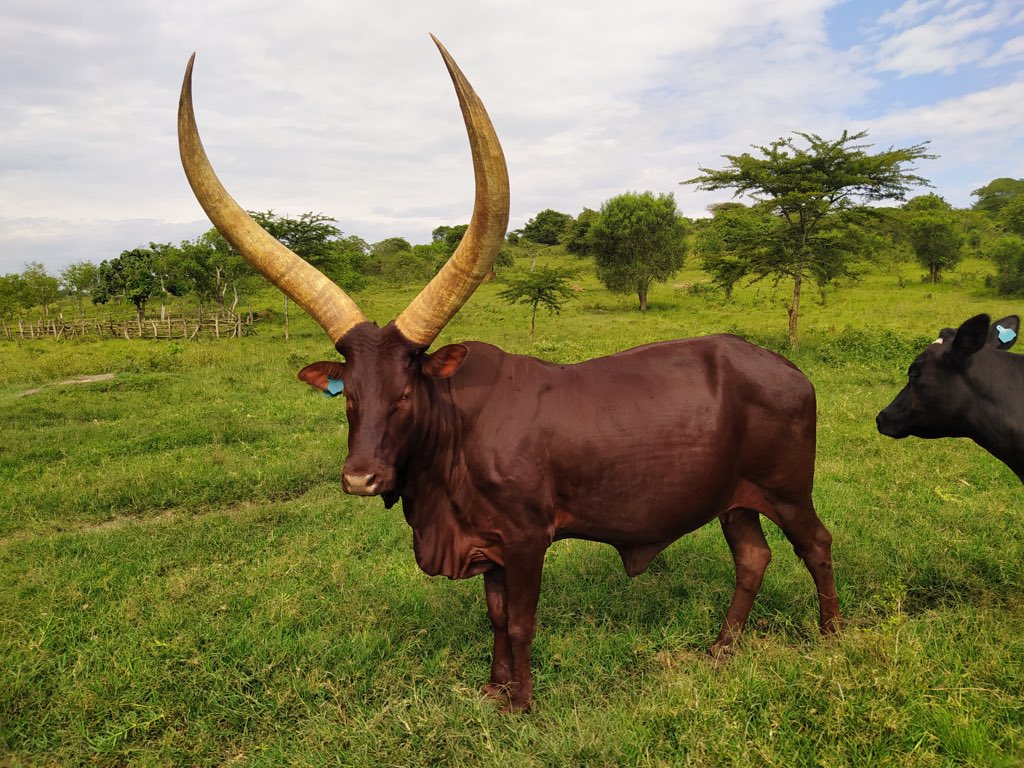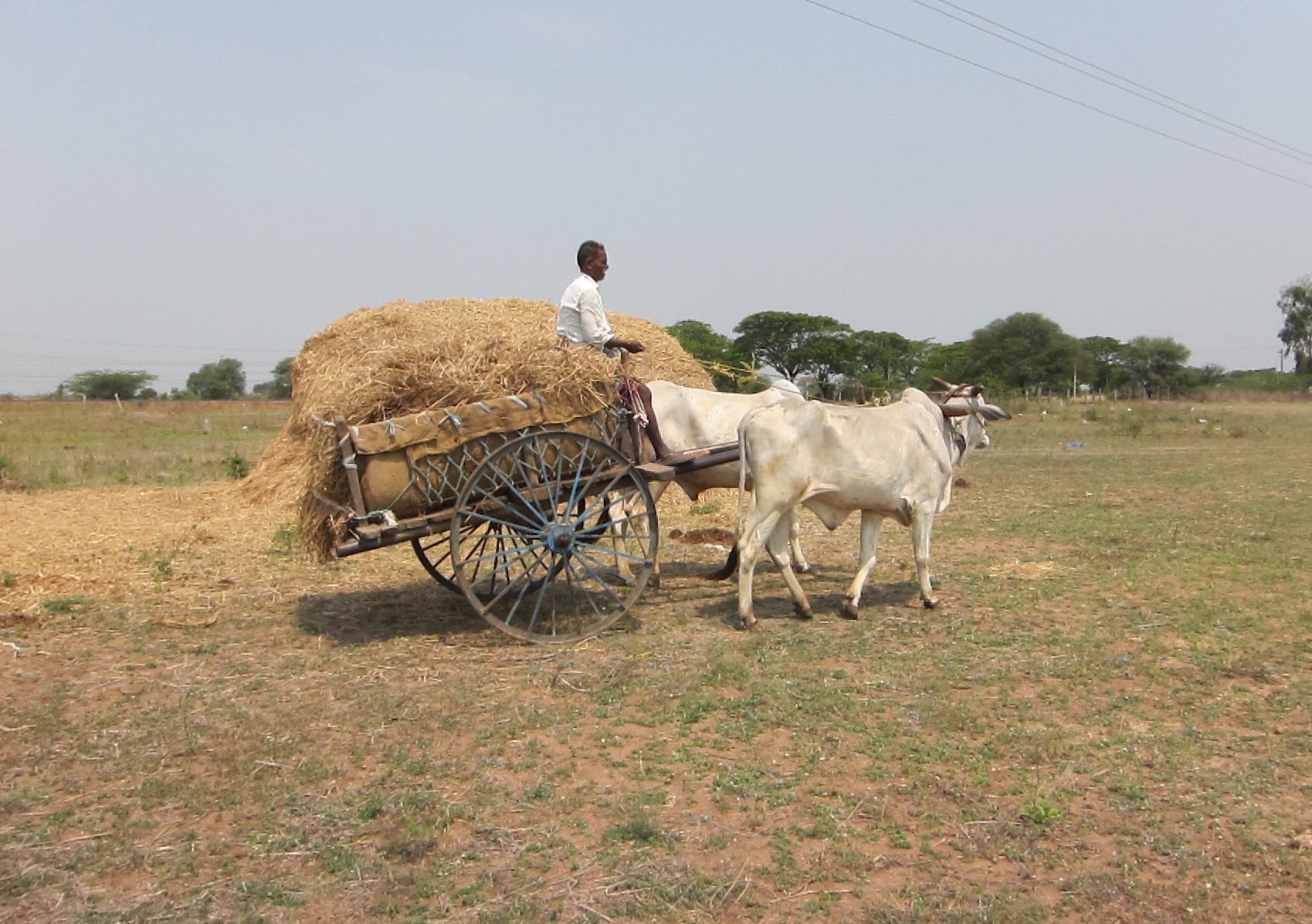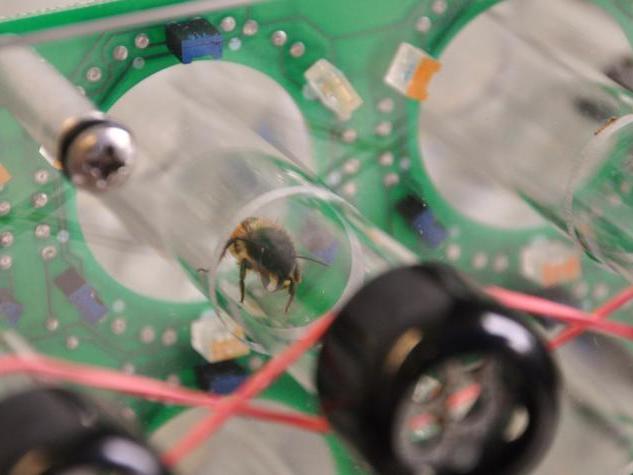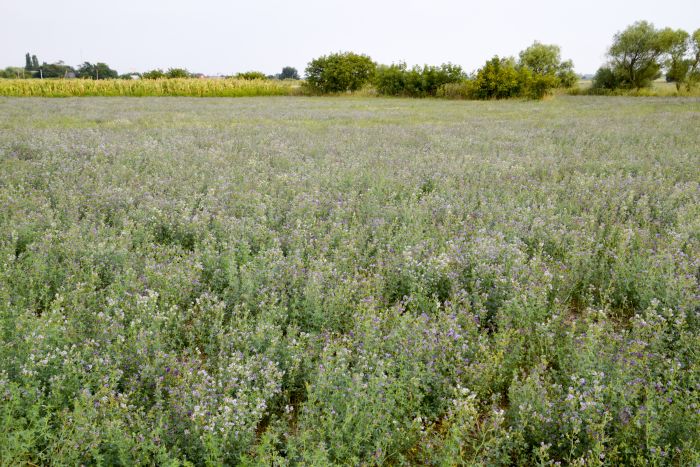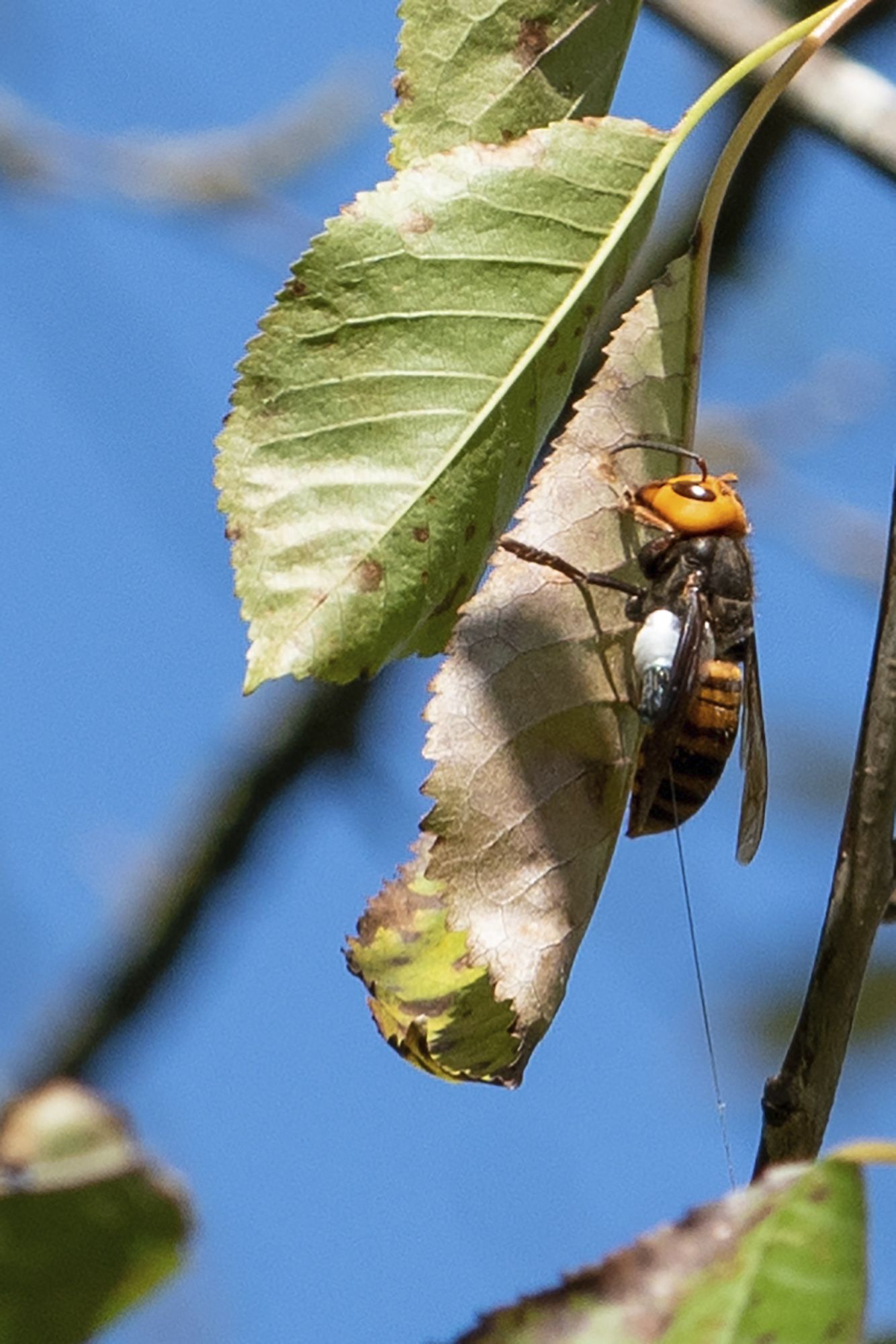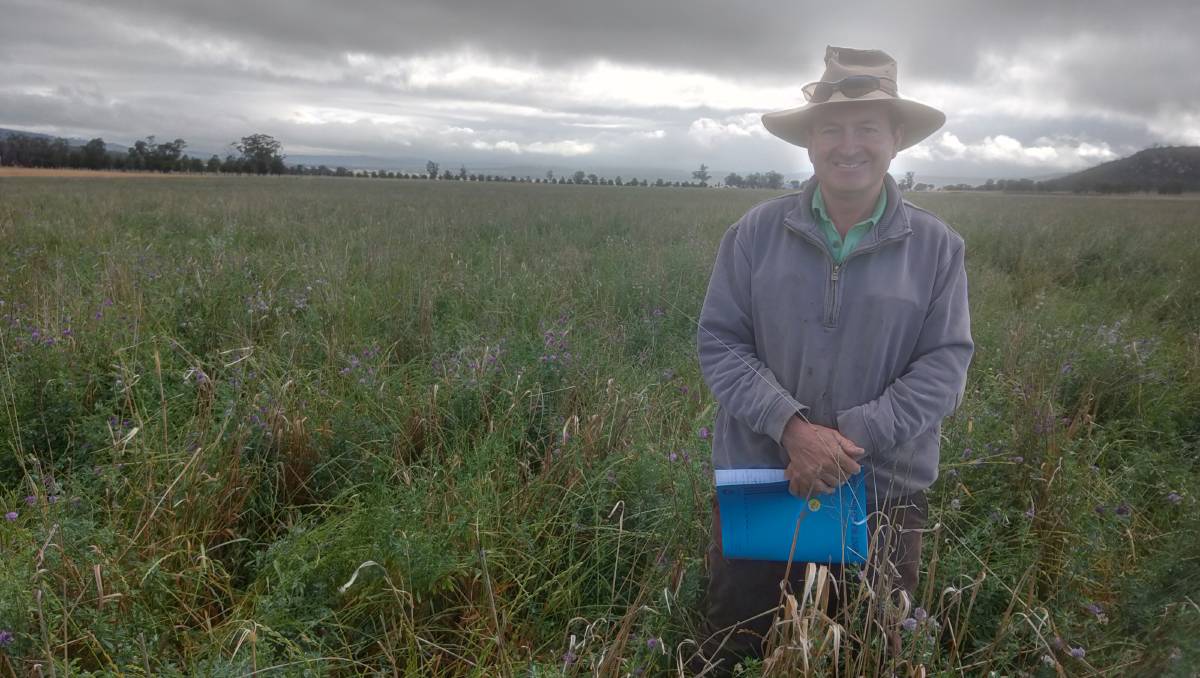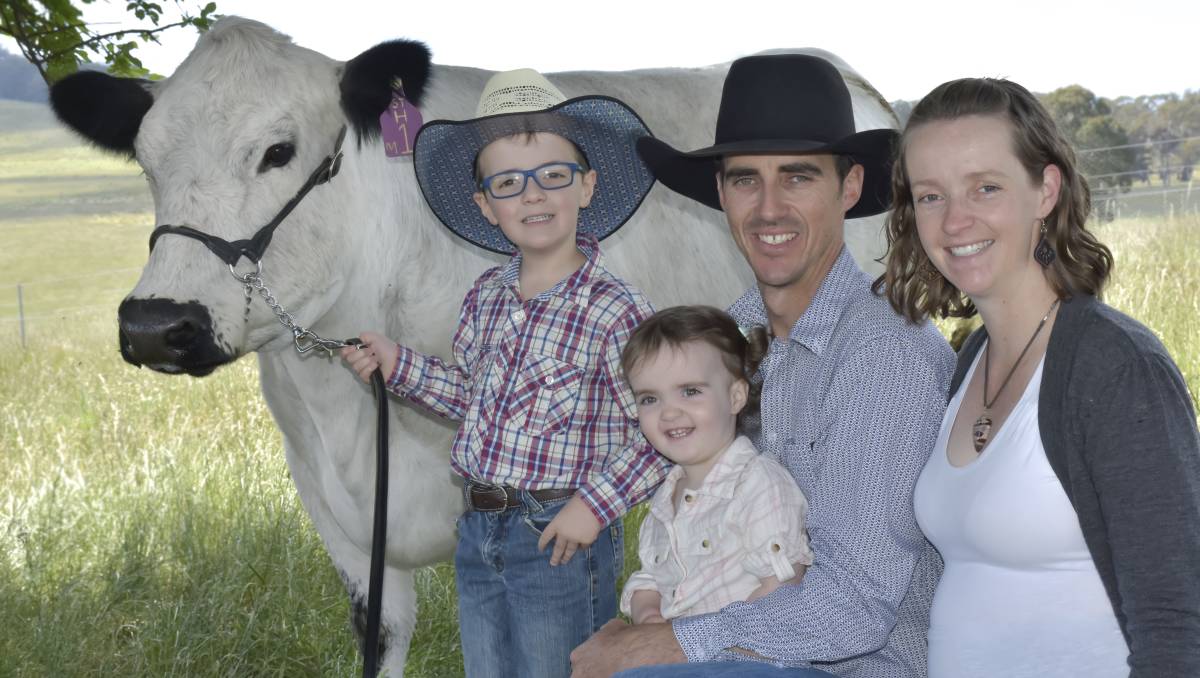 John LaRose Jr.
John LaRose Jr.
Topics: Livestock/Meat, Dairy, Lamb/Sheep, Sustainability, Beef Cattle, Goats, Research, Genes /Genetics, Ag Africa, Weather,
Doctor breeds better livestock for Africa - Alliance for Science
When Dr. Baker Bakashaba graduated from Uganda’s Makerere University Medical School in 2014, a close family friend gave him the gift of a cow. The generous gift rekindled Bakashaba’s desire to engage in livestock farming at his rural home in Western Uganda. Motivated by the kind gesture and his family’s farming background, he founded Novine […]
-
(0)
-
Bookmark
- Comments (0)
 John LaRose Jr.
John LaRose Jr.
Topics: Agriculture Global, Conservation/Tillage, Research, World Hunger, Government / Policies, Ag Africa, World Population,
Agroecology must be based in reality, not romanticism, panelists agree - Alliance for Science
Agroecology has a role to play in transforming agriculture — so long as the movement doesn’t trump the science or farmers’ needs. That was the consensus of the three panelists who joined the “Agroecology: What is it, anyway?” webinar hosted on Alliance for Science Live. Agroecology is both a science and a movement, merging the […]
-
(0)
-
Bookmark
- Comments (0)
 John LaRose Jr.
John LaRose Jr.
Topics: Soil Health, Sustainability, Research, Regenerative Agriculture, Ag Australia/NZ, Education,
South Island soil scientist joins 'stellar line-up' of Women of Influence
Canterbury scientist Dr Trish Fraser helps crop farms become more environmentally sustainable and more productive.
-
(0)
-
Bookmark
- Comments (0)
 John LaRose Jr.
John LaRose Jr.
Topics: Organic, Beekeeping, Research, World Population, Regenerative Agriculture, Pollinators,
Solitary bees are born with a functional internal clock - unlike honeybees | News Break
Social insects like honeybees and hornets evolved from solitary bees and wasps, respectively. A common trait of many social insects is age-specific behavior: when they emerge from the pupa, workers typically specialize in around-the-clock tasks inside the darkness of the nest, starting with brood care. But they gradually shift towards more cyclic tasks away from center of the nest as they get older -- culminating in foraging outside, exclusively in daylight, towards the end of their life. Here, researchers find evidence that this shift from around-the-clock to rhythmic tasks, which does not occur in solitary insects, seems to be driven by a slower maturation of the endogenous (i.e. internal) "circadian" clock of social honeybees compared to solitary bees.
-
(0)
-
Bookmark
- Comments (0)
11/16/2020 SOURCE: www.feedstrategy.com
Geneticist sees “huge potential” for commercial production of alfalfa-derived protein products, particularly in poultry feed and aquaculture.
USDA looks for novel protein in mundane source: alfalfa | Feed Strategy
-
(0)
-
Bookmark
- Comments. (0)
 John LaRose Jr.
John LaRose Jr.
Topics: Soil Health, Irrigation, Water, Sustainability, Research, World Population,
Dry run: the wet farming experiment that could sow seeds for future crops
Cambridgeshire project trials plants that thrive in more extreme weather, including sphagnum moss and bulrush
-
(0)
-
Bookmark
- Comments (0)
 John LaRose Jr.
John LaRose Jr.
Topics: Agriculture US, Forestry, Pest Control, Research,
Scientists Destroyed a Nest of Murder Hornets. Here's What They Learned.
Asian giant hornets -- better known as murder hornets -- inspired menacing headlines throughout the summer amid warnings that the invasive insects could decimate American honeybee populations. Last month, after various sightings across the Pacific Northwest, officials in Washington state discovered and
-
(0)
-
Bookmark
- Comments (0)
11/16/2020 SOURCE: www.timesofisrael.com
40-year-old US-Israel Binational Agricultural Research and Development Fund generated $16.5 return for every $1 invested in the 20 case studies, an external review finds
20 agriculture projects of US-Israel fund added $3 billion to economies – report
-
(0)
-
Bookmark
- Comments. (0)
 John LaRose Jr.
John LaRose Jr.
Topics: Soil Health, Conservation/Tillage, Research, Fertilizer, World Population, Regenerative Agriculture, Ag Australia/NZ,
Don't neglect the basics in pasture production
Legumes can build soil nitrogen by around 25 kilograms a hectare for every tonne/ha of legume drymatter production.
-
(0)
-
Bookmark
- Comments (0)
 John LaRose Jr.
John LaRose Jr.
Topics: Dairy, Food/Nutrition, Sustainability, Research, Trade (Commodities), Ag Australia/NZ,
Heartbreaker embryos worth $5050 each
Battalion stud at Dundee have sold embryos in their top producing female.
-
(0)
-
Bookmark
- Comments (0)


